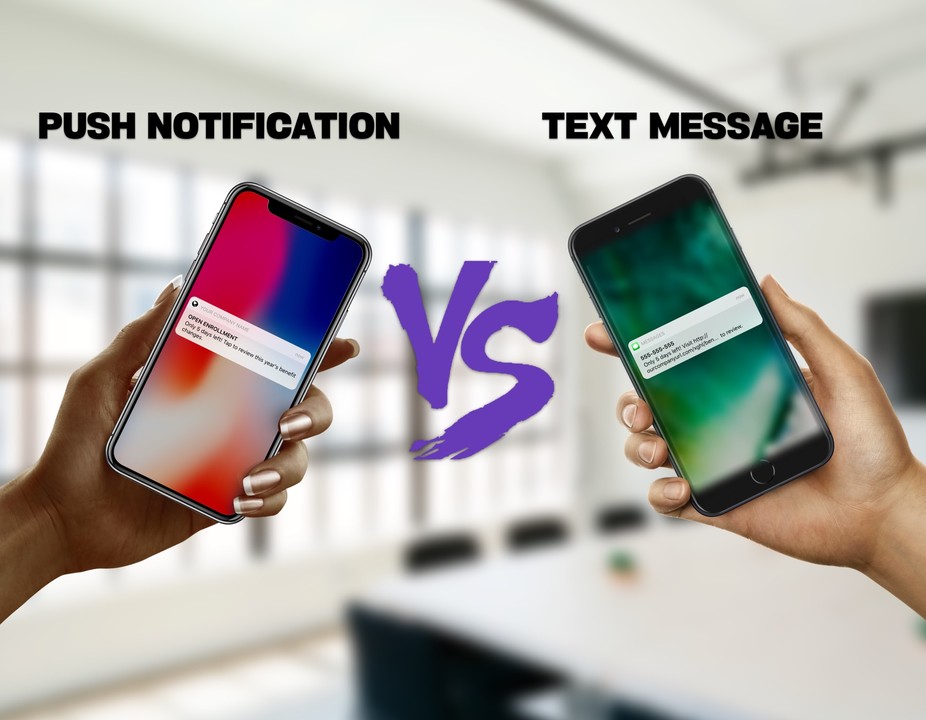
In our age of digital technology and communication, it can be hard to understand exactly what form of communication works best. Two popular forms are push notifications and text messages, but do you know the difference between them?
Push notifications are message alerts sent through an app on your device. They appear as an alert or banner message on your device’s home screen, usually with a sound or vibration alert. Push notifications have become very popular in the past few years as it allows users to receive timely, important information without needing to log into the app.
Text messages are short messages sent from person-to-person from one mobile phone number to another. Text messages can also include multimedia data such as images and videos. Text messages are also known as SMS (short message service).
So what’s the difference? Push notifications don’t require a subscription reply like text messages do; you simply receive the alert and don’t need to respond for them to stop appearing on your device. Push notifications also don’t require any additional fees, unlike SMS which often includes extras fees when sent outside the networks of some carriers.
However, text messaging is more reliable in terms of delivery than push notifications. Push notifications are subject to network issues which may delay delivery of the message, whereas text messages always reach their desired recipient with reliability.
It really comes down to personal preference as both forms of communication offer distinct advantages and disadvantages depending on your needs. Text messaging is simpler and more reliable whereas push notifications provide immediacy without needing a reply at all times; just know that it might take longer for a notification to arrive compared to sending a text message directly from your phone!